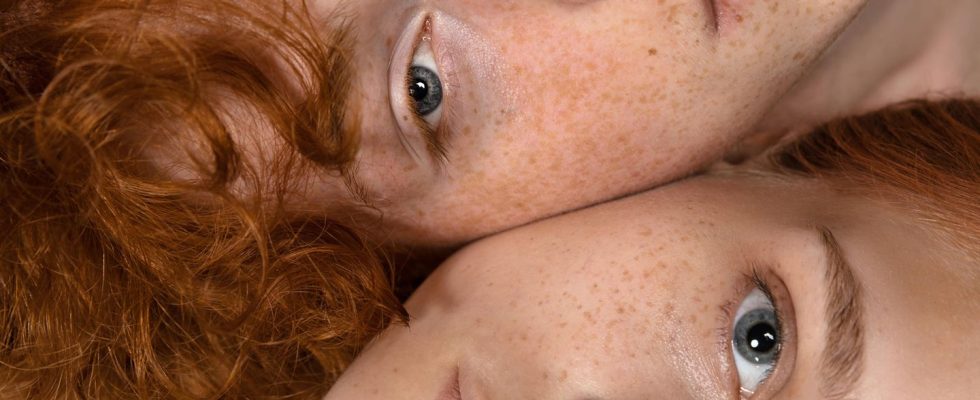personality
Between extraverted and introverted – what characterizes ambiverted people
Between two poles: ambiverts
© Getty Images
Introverted or extraverted? Anyone who finds it difficult to assign themselves to one of the two traits is probably between the poles and is ambiverted. But what does that mean specifically? An overview.
You may have been asked whether you are an extravert or an introvert. Or you yourself have pondered for a moment whether you prefer to be in company or whether you like to spend time alone. This is not necessarily mutually exclusive. Anyone who is communicative and at the same time withdrawn could be ambiverted. This means you are somewhere in the middle of the spectrum between extraverted and introverted. But what actually characterizes ambiverts?
The idea that there are extraverted and introverted people is not new. She goes to the Swiss psychologist Carl G. Jung back. He studied introversion and extroversion in the early 1900s. He believed that there are people who are stimulated by the outside world (extraverts) and those who are stimulated by their inner world (introverts).
Those who are extroverts draw their energy from being around people, like to be out and about and like to attend events. A humanitarian, then. Introverted people, on the other hand, draw their energy from quiet contemplation. They need a lot of time for themselves and are more likely to spend their time with two people with whom they feel connected. Introverts are often wrongly assumed to be shy – but that doesn’t necessarily have anything to do with each other. Rather, they may need some time to themselves after social interactions to recharge their batteries.
Ambiverted – in the middle
Why some people draw strength from their inner world and others from external stimuli could be due to their reaction to dopamine. The substance that triggers feelings of reward in the brain. Neuroscientists suspectthat extraverted people may react more positively to external stimuli than introverted people because their brain releases more dopamine in such situations.
Today, however, we know that there are not only extraverted and introverted people. After all, individual traits and character traits are difficult to fit into a schema F – especially when they are so far apart. On the contrary: our personality consists of many preferences, peculiarities and tendencies. So most of us fall somewhere between the two extremes.
For good reason Adam Grant from the Wharton School at the University of Pennsylvania found outthat two thirds of all people cannot clearly identify with one or the other trait – they are ambiverts. But what exactly does that mean in concrete terms? We will give you an overview of five characteristics of ambiverts.
Five signs you’re an ambivert
You are neither extraverted nor introverted
Introverts are more likely to get their energy from spending time with themselves. Extraverts, on the other hand, are more likely to get their energy from social interaction. But ambiverts can draw strength from both alone time and meetings with others.
Small talk doesn’t make you happy or hateful
While many introverts dislike small talk and value deep conversations, extraverts can get more out of this type of interaction. Those who are ambiverts may not like small talk, but they recognize its role in social interaction. And finds it boring at best.
14 images
They like the spotlight – sometimes
Ambiverted people usually don’t like the limelight. But every now and then the attention is welcome to focus on them and they feel comfortable being the center of attention. They just don’t want to be in the spotlight all the time. You can also stay behind the curtain – and observe.
You have two faces
Some people see you as very outgoing and committed, while others perceive you as reserved or reserved. This shows the range of introverted and extraverted characteristics that an ambivert person possesses.
You like to be creative
Like introverts, ambiverts are often creative and withdrawn. When they spend time alone, they like to fill it with creative hobbies. Depending on their mood, they also like to share this with others.
Further sources: Forbes,Healthline,



